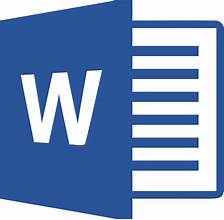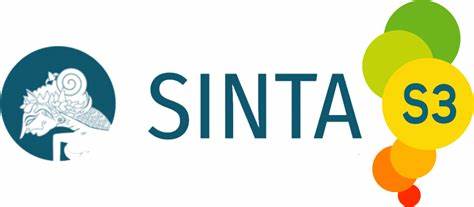THE USE OF MIND MAPPING IN TEACHING READING COMPREHENSION
DOI:
https://doi.org/10.22460/eltin.v1i1.p%25pAbstract
It is reported by World Bank that Indonesian students’ reading
comprehension is very low. That is why, it is crucial to conduct a research
on appropriate techniques to develop students’ reading comprehension. One
of them is mind mapping (MM). MM is a technique that can increase one’s
ability in note taking. It not only includes the key words of information or
ideas but also implements the use of colors and drawing, thus MM project
becomes fun and enjoyable. The aim of this study is to observe the
implementation of MM in a class of first graders of a senior high school in
Bandung. For that reason , two meetings are observed. There are three
instruments employed: students’ mind maps, observation (by observer and
the teacher), and open-ended questionnaire. From the data obtained, it is
revealed that there is improvement from the first meeting (90.4%) to the
second one (94.6%) of the students mind maps. The MM can make the
students recall their background knowledge and focus on their reading.
Meanwhile, the questionnaires indicate that they are unfamiliar with the
technique, yet they enjoy it. Therefore, MM can be considered to be an
alternative technique in teaching reading comprehension.
KEYWORDS: mind mapping, open-ended questionnaire
References
Brown, H. D. (2001). Teaching by Principles: an interactive approach to language pedagogy. San Francisco State University: Longman.
Buzan, T. (2005). Buku Pintar Mind Map. Jakarta: Gramedia.
Dawson, C. (2009). Introduction to Research Methods. A practical guide for anyone undertaking a research project. United Kingdom: How To Books Ltd.
Grabe, W., & Stoller, F. L.. (2002). Teaching and Researching reading. Longman.
Hadley, A. O. (2001). Teaching Language in context. Third Edition. USA: Thomson Learning.
Ingemann, M. (ny). The Power of mind mapping! Retrieved July 14, 2008, from http://www.FortuneWell.com
Kaufman, J. (ny). 3 Simple Techniques to Optimize Your Reading Comprehension and Retention. In The Personal MBA. Retrieved March 10, 2010, from http://personalmba.com/3-simple-techniques-to-optimize-your-reading-omprehension-and-retention/#ixzz0hj7mdIy2
Mind map in Wikipedia. Retrieved July 11, 2008, from http://en.wikipedia.org/wiki/Mind_map
Silberstein, S. (1994). Techniques and Resources in teaching reading. Oxford University Press.
Stanovich, K.E. (1991). Word Recognition: changing perspective. In Barr, R., et al(Eds.) Handbook of Research volume II (418-425). New York: Longman.
Strydom, Dr. J., and Plessis, S. D. (ny). Reading Comprehensions: foundational reading comprehensions. Retrieved December 16, 2009, from http://www.audiblox2000.com/learning_disabilities/reading_comprehensions.htm
Supriyoko, Ki. (2004). Minat Baca dan kualitas bangsa. Retrieved December 16, 2009, from http://www.bit.lipi.go.id/masyarakat-literasi/index.php/minat-baca/72-minat-baca-dan-kualitas-bangsa?showall=1
Virginia Department of Education. (2004). English SOL Enhanced scope and sequence for reading. Retrieved November 30, 2009, from http://teacherresourcecatalog.pwnet.org/docs/Reading%20Strategies%20for%20Content%20Teachers.pdf
Wolfe, P., and Nevills, P. (2004). Buliding the Reading brain. CA: Corwin Press. Retrieved July 14, 2008, from http://www.corwinpress.com/upm-data/7086_wolfe_ch_1.pdf





